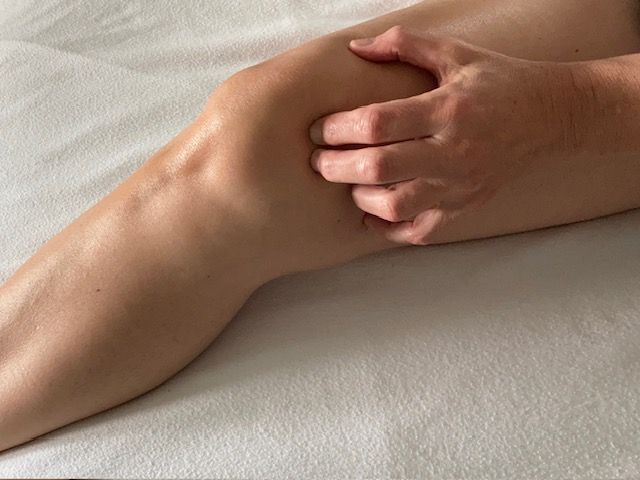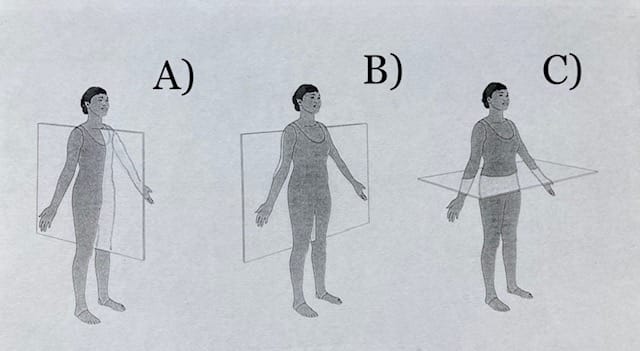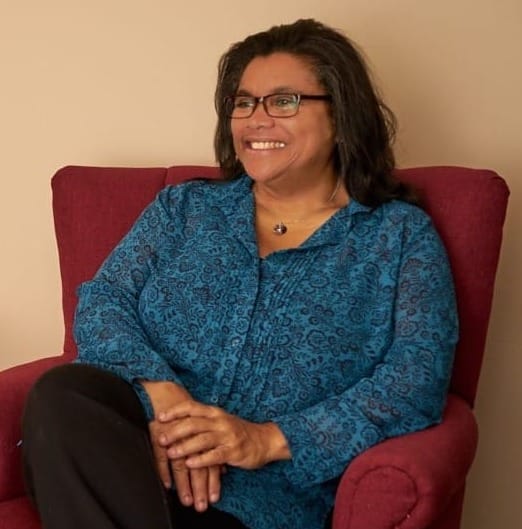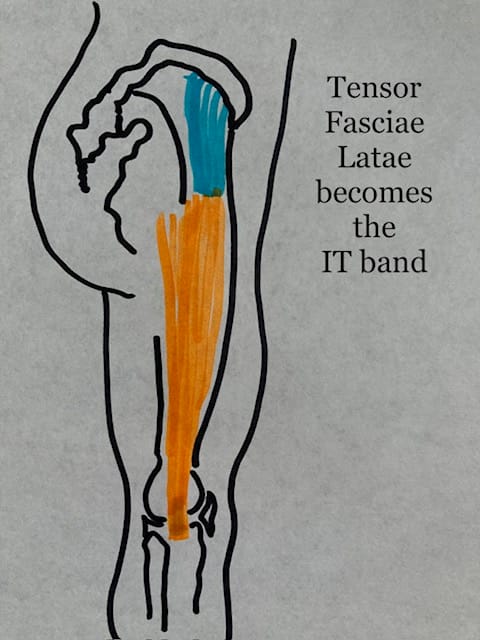What, Exactly, Is a Massage Therapist Doing? Part I

To palpate is to feel with the fingertips. Palpation skills are critically important for a massage therapist, as it's through palpation that we determine the status of your tissues initially, and note the changes occurring in your tissues as a result of what we're doing. Palpation helps lead the therapist through the massage session in terms of timing, techniques, and sequencing. Depending on what we're palpating, we may alter the session from its design made during client intake.
A massage therapist can and regularly does palpate: adhesions of muscle fiber (knots), scar tissue, edema, inflammation, toxins or their effects (bubbles or crystals in muscle bellies), subcutaneous cysts, swollen or congested lymph nodes, bone spurs, implants, ports, hydrated vs dehydrated skin and muscle tissue, and sometimes titanium, depending on its depth and overlying tissue.
In more recent years in my career, clients are often amazed that I can feel what I can feel. I was always taken aback by this until I realized that often in spa and hospitality workplaces, we are seen as service providers versus therapists. This website exists to change that. And I suppose clients are surprised because – who else touches them that thoroughly, and with our skillset?
Consider this excerpt of two massage therapists conversing on a podcast for bodyworkers in 2021:
David: I believed you could be deeply therapeutic and deeply relaxing simultaneously – that those things didn't have to exist in two universes.
Sandy: They don't. …What we think of as a massage session is actually palpation and movement assessment… done in a way that has benefit in and of itself in the rhythm and the quiet application (of our knowledge). That's not mindless rubbing. Every time you touch that tissue, all the different depths and directions and pulls and joint movements…
David interrupts: It's almost like 'palpatory monitoring.' The palpation tells you the state of the tissue underneath your hands, but then as you begin to work with it… what's going on under your hands changes.
Sandy: Yeah, that's how you know (what do to next). …What we are essentially doing is applying a mechanical force. We're using our body, or sometimes a tool, to introduce this mechanical force (to the client's body) either to move something or change the shape of it. Pushing, pulling, kneading, gliding, which are called a lot of different things… effleurage, petrissage in the Swedish system, for example.
This conversation raises a very important point, namely, the notion that therapeutic massage – by which he means transformative to muscles and potentially uncomfortable – can also be relaxing. This is how I was taught to give Deep Tissue massage, which I define as it used to be: massage which impacts the deep layer of muscle tissue. The deep layer of muscle is the third layer of muscle down; it lies below the intermediate layer, which lies below the superficial layer (which lies below any fat, which lies below the skin). In some parts of the body, such as right along the spine, there are fourth and fifth layers of muscle, so deep they cannot be palpated. In most human bodies, it takes time to access the deep layer. The therapist has to work through the superficial and intermediate layers first, for best results.
Otherwise, a therapist may just be going in too deep too fast, with no nuance to their approach or touch, pushing past the resistance from the tissue. This is how clients get bruised, come to fear Deep Tissue, or think they have to endure it with a "no pain, no gain" kind of mindset. With so many modern therapists being taught Deep Tissue this gruff, aggressive way, eventually I came to question whether to continue to identify myself as a Deep Tissue therapist, even though my massage impacts your deep layer of muscle. What's more, Deep Tissue techniques can be applied to superficial muscles!🤯
In truth, I work the same with muscles as I always have, from superficial to deep, and it can still be relaxing. You won’t be holding your breath, it's a "good hurt," and I have a few trade secrets that lend themselves to your relaxation. Being relaxed during a Deep Tissue massage allows you to allow the therapist to drop deeply into your muscles.
All that being said, please know that it is beyond our legal scope of practice to diagnose anything, even muscle strains. I'll definitely let you know if I feel a lump that your doctor should assess, for example, but all I'll call it is a subcutaneous cyst. I can share my thoughts on whether your pain is neuromuscular in origin, for example, but I cannot diagnose the source of your pain. Massage therapy is an adjunct component of your health care.
Podcast excerpt: Body Talk with David Lesondak, interviewing massage pioneer Sandy Fritz, September 26, 2021.
Subscribe for Part II, covering basic muscle physiology and fascia, and Part III, covering the nervous system. Subscribe to comment, and for other content.





Member discussion